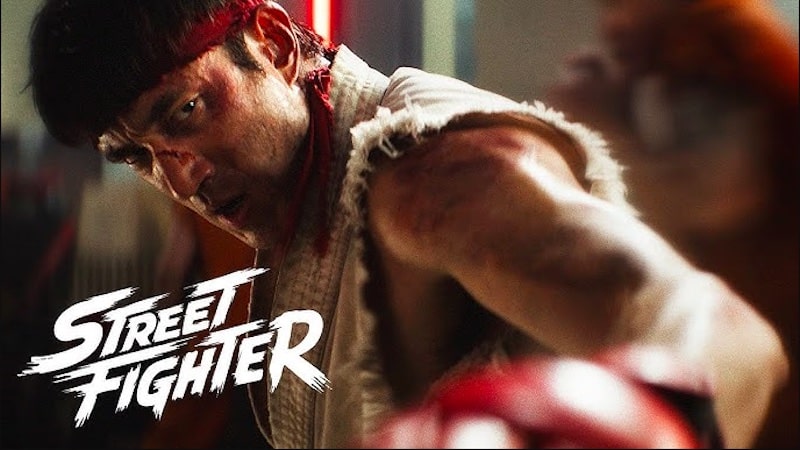Silent Hill and the new J-horror: what a five-hour preview really shows

Early hands-on coverage hints at a return to slow dread, not jump-scare sugar highs. What unfolds is a measured coil: rural hush, social corruption, and a parasite-to-blossom image that flips delicacy into menace. It skips opening bombast for pressure that percolates, then blooms — more folk malediction than urban lore.
Oddly useful as a metaphor here: sportsbook software development. Good wagering stacks live or die on odds models, pacing, and clear feedback loops; Silent Hill f appears to borrow the same rigor. Risk must look tempting, outcomes must feel legible in hindsight, and the “payout” for courage — lore, tools, safe passage — must justify the stake. When fright is priced well, exploration feels fair even when the house wins.
Place as pressure cooker
The setting weaponizes contradictions: bloom versus decay, hush versus tinnitus-like tone bursts, courtesy masks over cruelty. Architecture sits low to the ground; camera work keeps ceilings rare, making upward glances feel exposed. Materials matter: paper screens whisper, lacquered surfaces reflect too honestly, wet wood holds footfalls. Every hallway asserts a rule: expect soft edges, find hard consequences.
Early tells that tighten the gut
- The polite hazard — NPC smiles that arrive a half-beat late, as if copied; civility becomes camouflage.
- Floral occlusion — Petal drift acts like fog-of-war, obscuring silhouettes and muffling distance cues without stealing agency.
- Anxious silence — Moments with no score at all, only room tone and a faint conduction-like hum that suggests nearby wiring or veins.
- Paper as weapon — Notes that rearrange after reading, altering wayfinding in small, plausible increments.
- One-street labyrinths — Town blocks that loop with microscopic differences; maps become diaries, not GPS.
Rather than punish wandering, the build teaches caution through small bills of terror: a glass crack here, a coat rack there, a whisper that moves one meter to the left. Familiar domestic props conspire; fear localizes.
Systems, not stunts
Combat looks secondary; resource loops carry the suspense. Tools feel handmade and provisional — wick lighters, brittle staves, dubious coagulants — each with a failure mode that is readable, not random. Save stations sit where memory feels tender, not simply where convenience suggests. The point is not dominance but rhythm: learn, risk, cash out, breathe.
Animation timing follows the same thesis. Encounters lean on anticipation frames and delayed impacts; the body registers incoming force before the mind accepts it. Dread becomes a physiology problem.
Pacing as contract, not guesswork
Classic Japanese horror earns trust by keeping the calendar honest. The preview build appears to honor that. Gaps between spikes feel negotiated, almost like a series of vows: if a corridor lingers, something is learning the player’s stride; if a grove looks pretty, the grove is making room for ruin. Climaxes arrive with foreshadowing, not dice rolls.
Dialogue (spoken and environmental) curates ambiguity without lapsing into riddles for riddles’ sake. Folklore citations land as rumors, not lectures. The trick is restraint: leave enough thread to tug without unraveling the sweater.
What the first bosses really test
Boss chapters test belief in the rules. Telegraphed angles punish greed, not curiosity; poison phases invite repositioning, not flame-thrower panic. Windows to disengage exist and are visible, a rare kindness in horror design. Failure tends to read as “paid too much attention to spectacle, not enough to rhythm.”
Between set pieces, afflictions accumulate: motion sensitivity, sound aversion, gait anomalies. Debuffs do not scream, they nag, and that slow theft of capability keeps nerves humming.
Craft choices that escalate without cheapening
The preview suggests a team interested in durable fear — fear that continues after screens dim. That requires coherence: themes must rhyme across sound, light, UI, and encounter design. It also requires mercy: a path home, even if it loops back through something worse.
Levers that keep dread fresh (without louder volume)
- Asymmetric information — Enemies learn pathing faster than players learn tells, but never feel omniscient.
- Haptic whispers — Micro-vibrations on door handles or floorboards, not just on impact; the hand learns before the eye.
- Color drift — Palette shifts that nudge meaning (festive red to infected red) as chapters advance.
- Mortgageable courage — Small, bankable advantages for risky choices: extra save ink, longer safe-light, an antidote that cures one
- Fail forward — Loss yields truthful notes or altered routes; embarrassment buys knowledge.
Sound and the ethics of volume
Audio direction deserves notice. Instead of blanket drones, the mix gives room noise dignity: heaters, rain gutters, insects, a neighbor’s TV set to a variety show that no longer airs. Screams are rationed; sibilants and foot scuffs carry the load. Spatialization favors near-field cues; headphones pay dividends.
Merciful design choice: subtitles that describe intent (“murmur behind wall,” “drag on tatami”) rather than spoiling content. Accessibility features read as part of the text, not staples in the margin.
Five-hour verdict: a promise kept, if patience holds
If the remainder resembles the opening chapters, Silent Hill f positions Japanese horror 2.0 as a craft of calibrated odds rather than roulette. The place bargains rather than shouts. Dread accrues through ledgers: you burn light, mortgage stamina, withdraw trust — then the due date hits.
This is horror that respects nervous systems and calendars. The thrill is not a confetti cannon; the thrill is the last quiet minute before a door that might not be a door. If future hours preserve the contract — clear rules, readable risk, disciplined surprises — this entry will earn a place beside the classics by refusing to imitate them.




